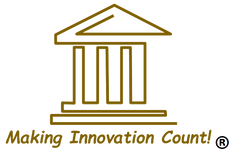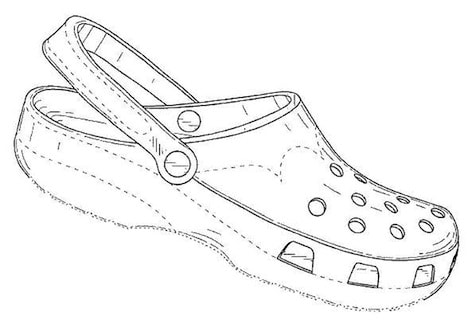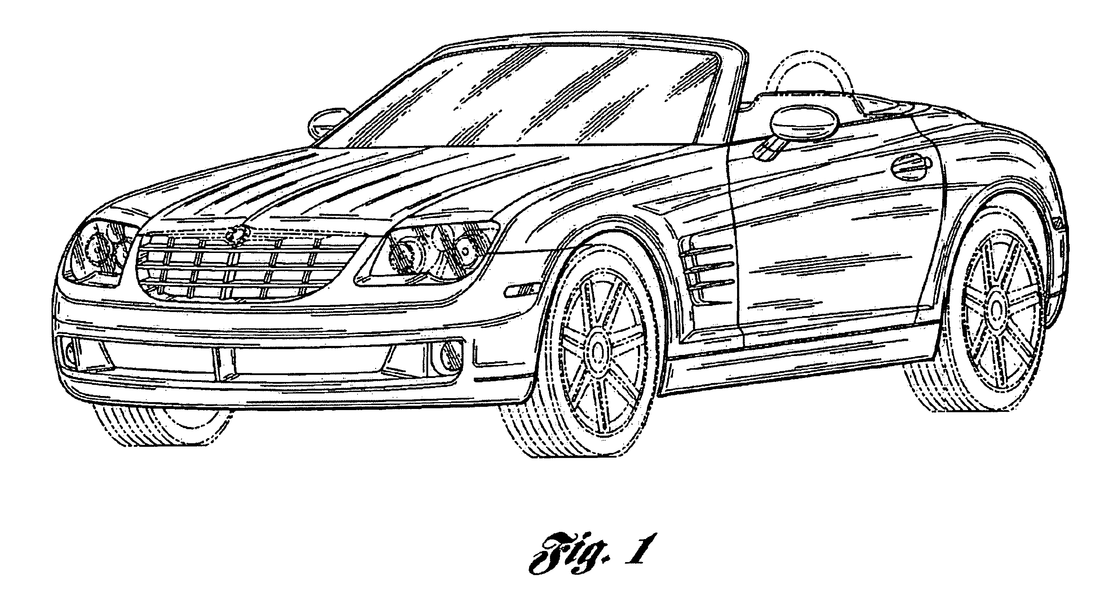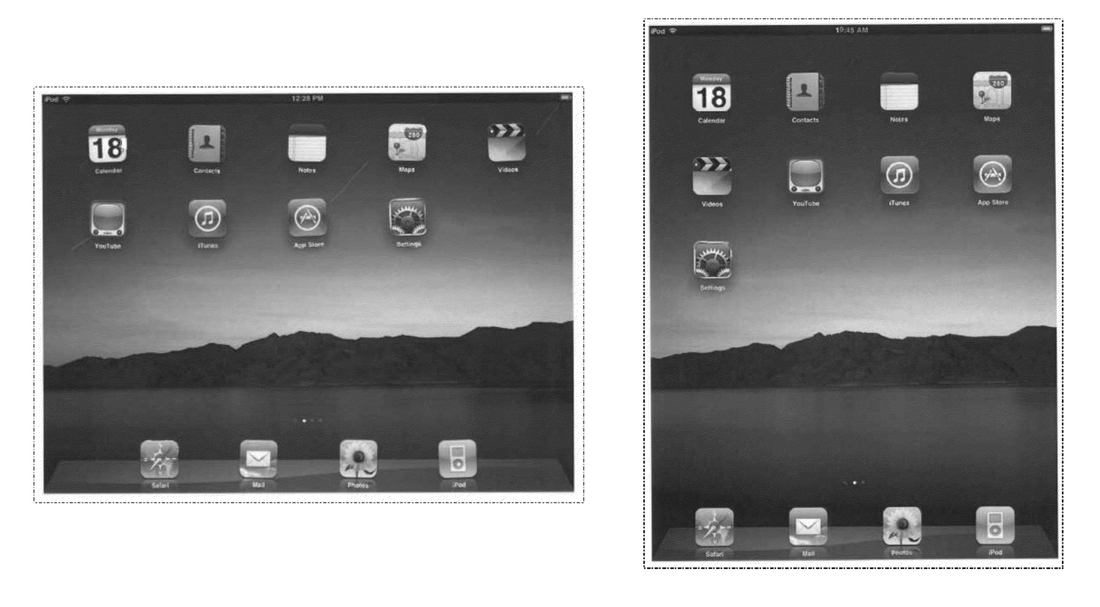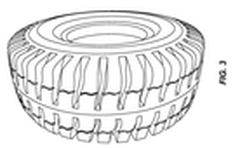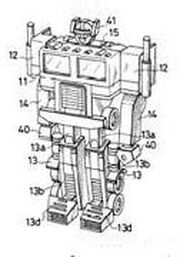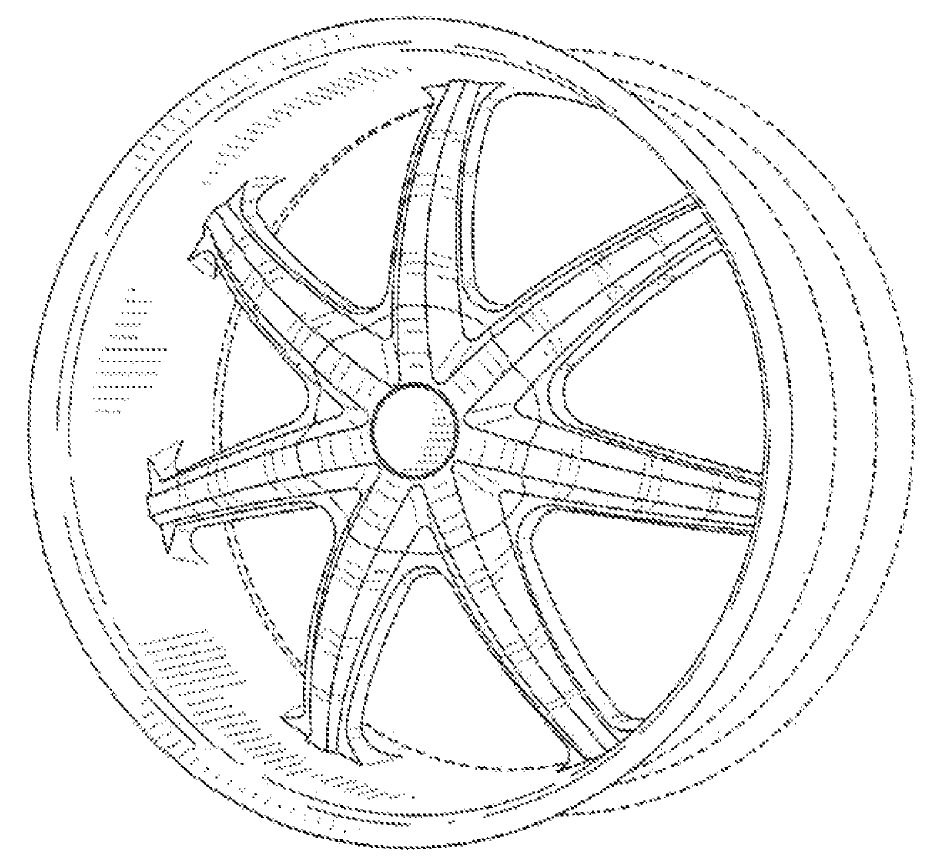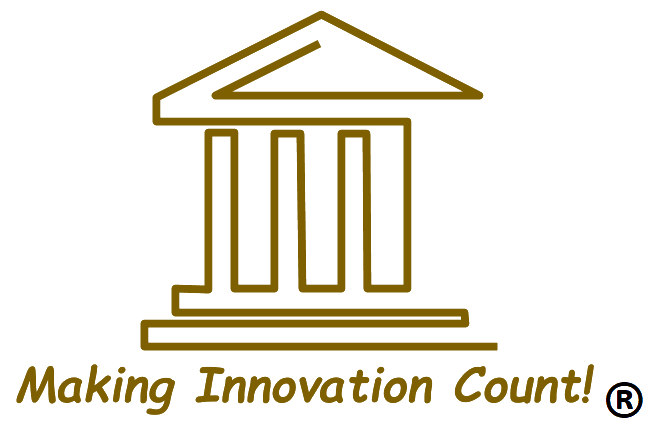 Many people are confused about design patents as compared to utility patents or do not even know that design patents exists. Adding to the confusion is that both design and utility patents may be used to protect the same invention. So when should you use a design patent and when should you use a utility patent? You may answer that question by asking yourself the question "Is what I am trying to protect function or decorative?" For example, say that you have come up with a new pattern of tread that you want to use on a snow tire that is to be sold. Lets say that your new tread pattern provides your tire certain advantages on snow over current snow tires. Since your new snow tire is more "functional" than current snow tires then you will want to obtain a utility patent on your new tread pattern. Conversely lets say that your new tread pattern gives your snow tire the "appearance" that it performs well on snow but in reality it doesn't; It just looks really cool, rugged, and mean. Since your new pattern is decorative then you will seek a design patent on it. Beware, using this example say that you know that your new tread pattern provides better performance on snow over other snow tires but to cut costs you seek a design patent on your new pattern. If your competitor can provide that your new pattern is functional then your design patent will be revoked and you will not have the opportunity to go back and get a utility patent on the tread pattern; in effect you will lose all rights to any sort of patent. Below are design patents for the Crocs shoe, Chrysler Crossfire, Apple iPad screen layout, and a tire tread pattern. Design patents are a cost-effective mechanism to add value to a company and combat the counterfeiting of products when protecting ornamental features. For more details contact me.
8 Comments
Interested in a patent? Contact me between 11/12 to 11/16 to schedule a free consult on patents.11/11/2017 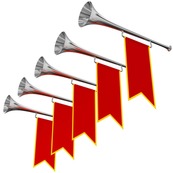 Do you have a new idea but don't know how to best protect it? Do you know the importance of the dates when you first show your invention to the public or file a provisional patent? Do you know what requirements are to be satisfied before the patent office will grant your patent application? There are many issues to consider before and during the application process and unless you are aware of them you could lose your rights to a patent. This week I am offering free 30 minute consults on patents. The consults may be over the phone or using internet based video conferencing. During the consult I will review with you the patenting process using a flowchart that depicts the process. If you are interested here is what you need to do:
I look forward to meeting each of you! 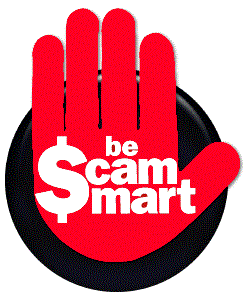 Do you want to save yourself $10,000? That is about how much you will be paying those "invention assistance companies" you see on TV. Be very careful when dealing with them and the promises they make. I have read a number of agreements offered by these companies to inventors and all of them have many terms that are not in favor of the inventor. Yet every year many inventors will hand over thousands of their hard earned money to these "invention assistance companies" and get very little as a result. So what should you be looking for when you approach one of these companies? I would say body armor, but seriously here are some pointers:
Because of the number of inventors being taken by invention assistance companies the US government has written 35 USC 297 to protect inventors. 35 USC 297 is nice but it is best to talk with an attorney first before signing the agreement. 35 USC 297 allows you to ask the invention promoter the following:
Finally an attorney has certain ethical duties owed to their inventors. An invention promotion company owes no such ethical duties. An attorney who breaches their ethical duties to a client may lose their license to practice law in their state and to represent inventors before the patent office. Those licenses are very hard to get and represents years of hard work in school. There are actually three basic types of patents you may file with the patent office. They are as follows:
|
Categories
All
|
California, Inland Empire - (909) 566-2801
California, Santa Barbara - (805) 500-6241
Tennessee - (423) 226-8036
Georgia - (404) 436-0899
California, Santa Barbara - (805) 500-6241
Tennessee - (423) 226-8036
Georgia - (404) 436-0899
